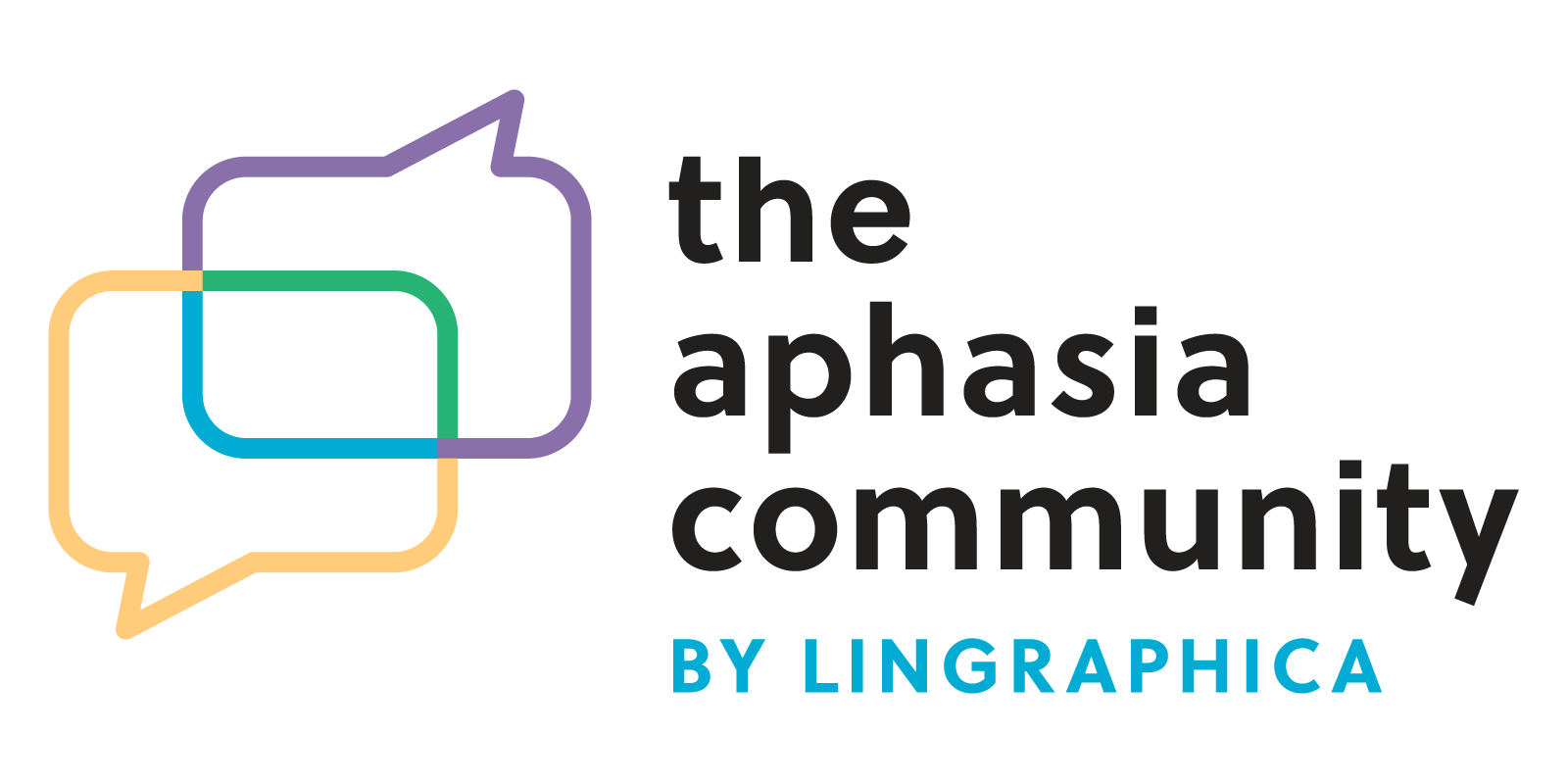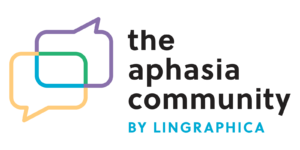Common Gestures to Use With Someone Who Has Aphasia
Gestures are a great strategy to improve communication with a person with aphasia. They don’t require any special equipment or training, they are free, and they are always available.
Both the person with aphasia and the caregiver or communication partner can use them to improve communication. Best of all, there are many common gestures that you already know – no need to learn a special system! This means that other communication partners and community members will also be able to use these common gestures.
Thumbs up/thumbs down – this everyday gesture can be used to mean many things. It can mean yes/no, good/bad, to convey feelings/emotional state, and preferences.
Head nod – head nods are known by everyone and are most useful for yes/no questions.
Pointing up/down – these gestures can be very helpful when figuring out numbers, dates, or quantities. Pointing up can mean more or higher, while pointing down can mean less or lower.
Pointing in the environment – if the thing that you are talking about is within eyesight, it can be helpful to point to it. This can be helpful even in less concrete situations; for instance, pointing to the fridge as you ask what they would like to drink.
Mimicking common actions – think of this as playing charades. This can be used for many actions! Common actions that are easy to act out include eating, drinking, making a phone call, sleeping, driving, and brushing teeth, among many others.
An extended, flat hand to mean “stop” – this can be used by the either the person with aphasia or the communication partner. This can mean they are not understanding something that the other is saying.These examples are just a starting point. You can use additional gestures that are familiar, as well as create new ones if needed. You can continue to speak verbally while you use gestures to help the person with aphasia pair the gesture with its meaning.

